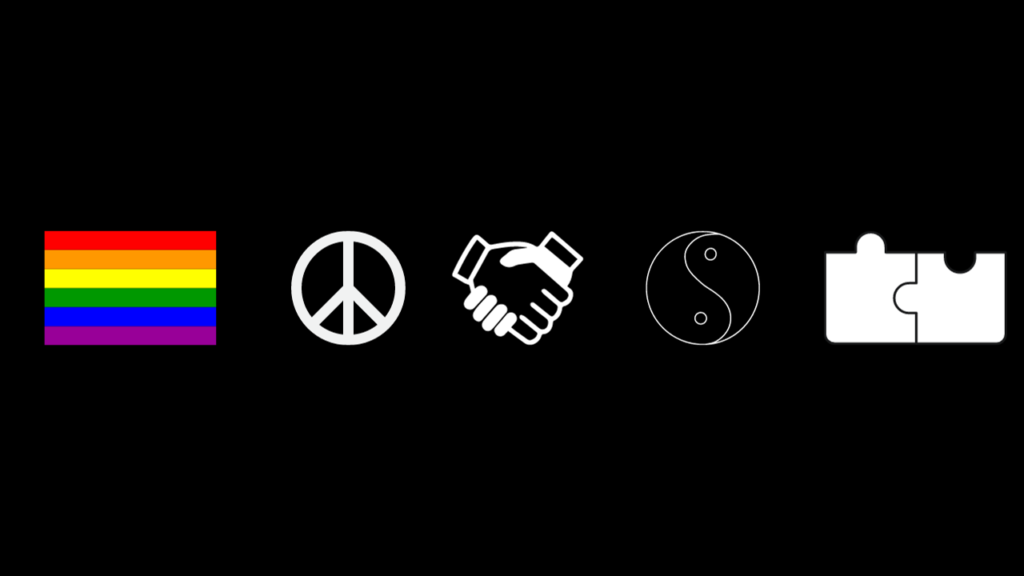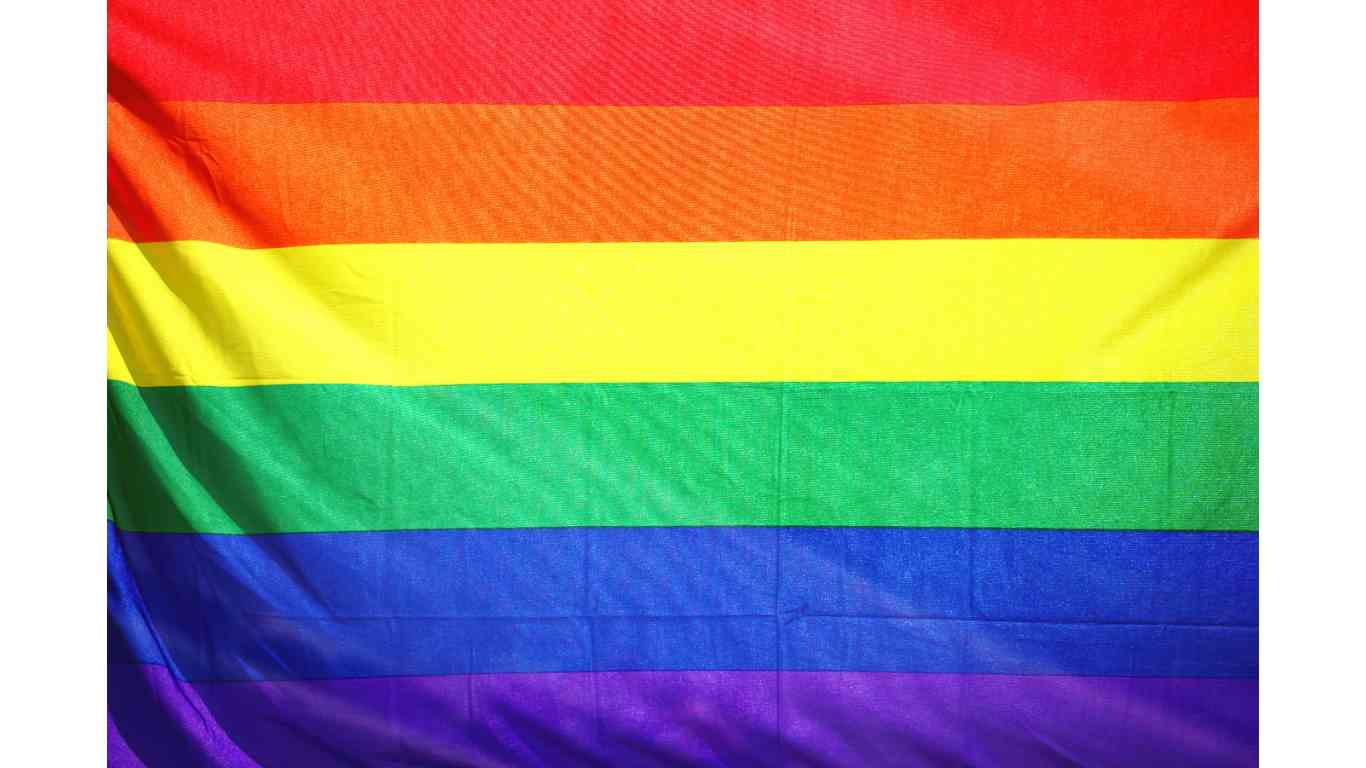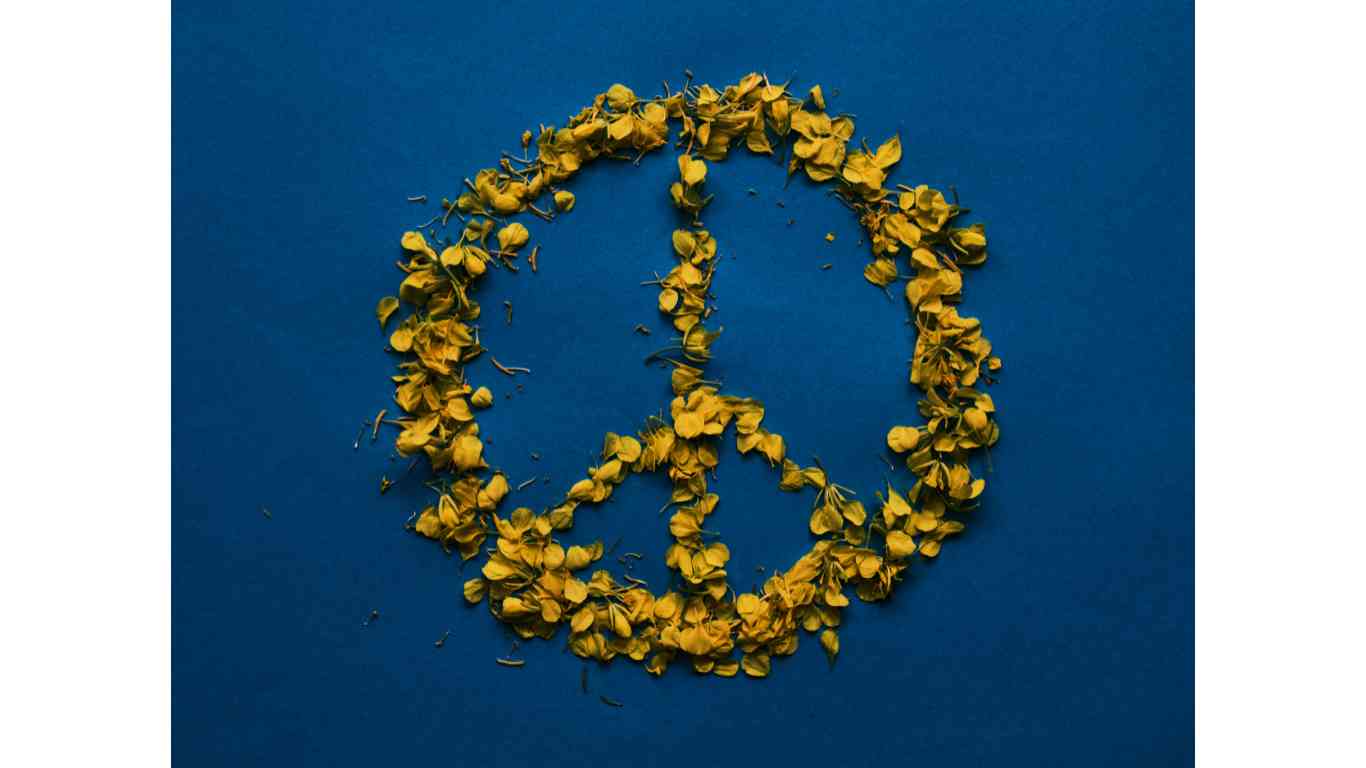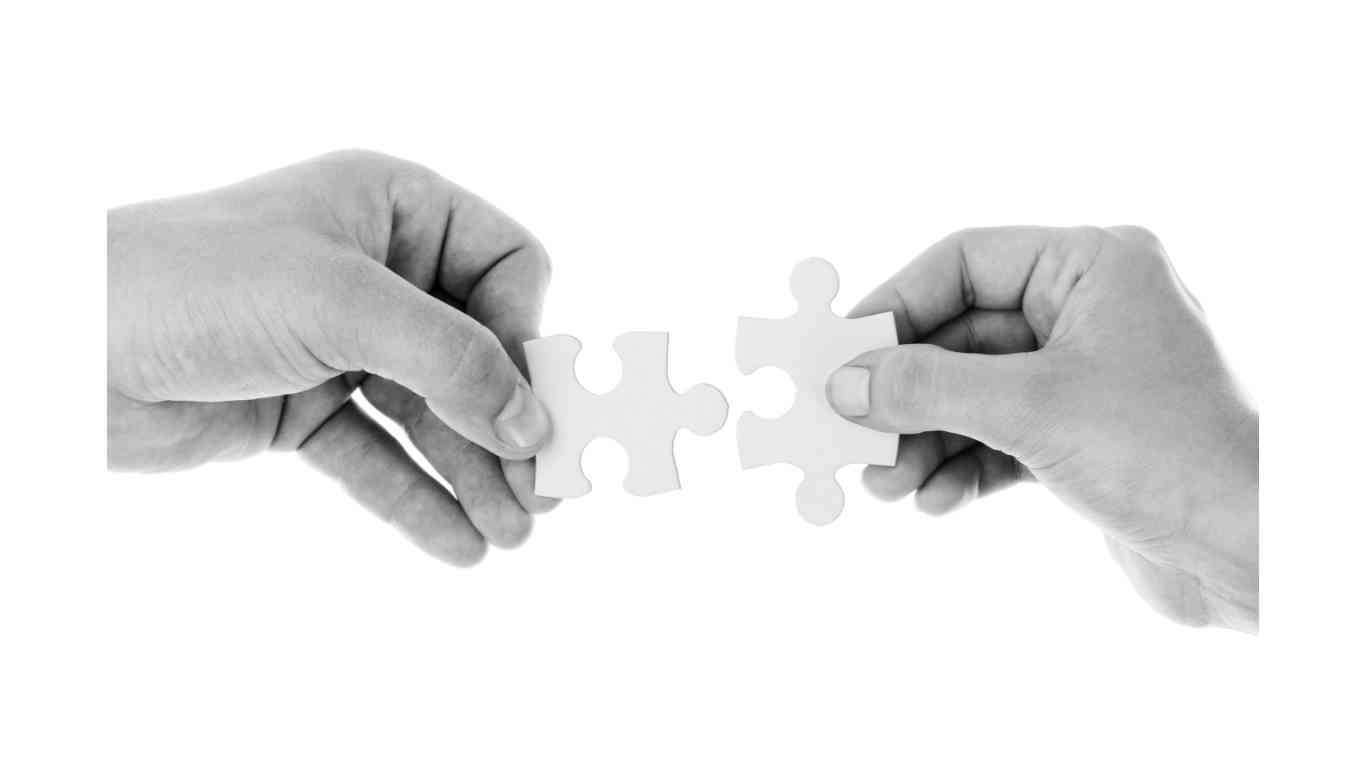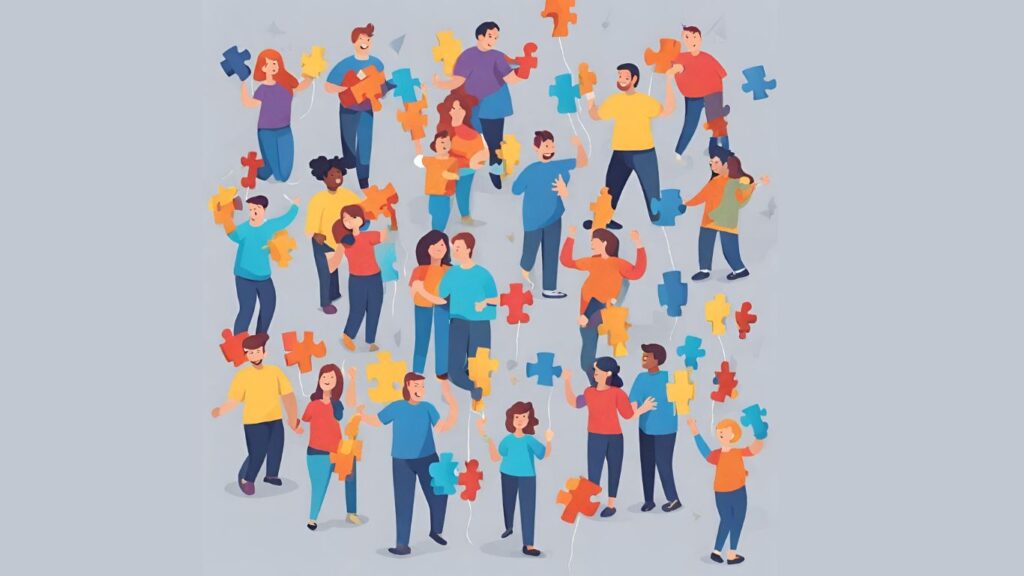In a world that thrives on diversity, understanding, and acceptance, symbols play a profound role in conveying powerful messages. They serve as beacons of hope, unity, and identity, transcending linguistic and cultural barriers. In this exploration, we delve into the world of symbols of acceptance, each telling a unique story of inclusion, tolerance, and understanding.
The Power of Symbols
Symbols have been an integral part of human communication for millennia. These visual representations hold the capacity to evoke emotions, unite communities, and convey complex ideas with a single image. In the context of acceptance, symbols become even more significant as they bridge gaps and break down barriers.
1. The Rainbow Flag 🏳️🌈
One of the most recognized symbols of acceptance worldwide is the rainbow flag. Originally created in the late 1970s by artist and activist Gilbert Baker, this iconic flag represents the LGBTQ+ community. Its vibrant colors symbolize diversity, with each hue standing for a unique aspect of the queer spectrum.
- 🟥 Red: Life
- 🟧 Orange: Healing
- 🟨 Yellow: Sunlight
- 🟩 Green: Nature
- 🟦 Blue: Serenity
- 🟪 Purple: Spirit
The rainbow flag is not just a symbol; it’s a testament to the struggle for equality and acceptance. It has become synonymous with LGBTQ+ pride and the ongoing fight for human rights. In a world where discrimination persists, this flag stands tall, reminding us of the importance of embracing diversity.
2. The Peace Sign ☮️
In a world rife with conflicts and disputes, the peace sign, often depicted as a circle with a vertical line down the middle and downward lines extending from it, represents a universal longing for harmony. It emerged in the 1950s as a symbol of the anti-nuclear movement but has since evolved to encompass a broader message of global peace.
This simple yet powerful symbol has transcended borders and languages, becoming a universally recognized call for an end to violence and the promotion of acceptance and understanding among nations.
3. The Handshake 🤝
The act of shaking hands has been a symbol of agreement and goodwill for centuries. While it might seem like a simple gesture, its significance lies in its ability to bring people together, even in the most diverse of settings.
In different cultures, the handshake varies slightly, but its essence remains the same – a gesture of mutual respect and acceptance. It’s a symbol that transcends words, making it a powerful tool for forging connections and fostering unity.
4. The Yin and Yang ☯️
Originating from ancient Chinese philosophy, the yin and yang symbol represents the dualistic nature of the universe. It symbolizes balance, harmony, and the idea that seemingly opposing forces are interconnected and interdependent.
This symbol serves as a reminder that acceptance is not just about embracing what we understand but also acknowledging the existence of opposing viewpoints and finding common ground.
5. The Puzzle Piece 🧩
The puzzle piece symbol, often associated with autism awareness, signifies the complex and multifaceted nature of autism spectrum disorder (ASD). It represents the idea that individuals with autism are an essential piece of the broader societal puzzle.
While the symbol has faced some controversy within the autism community, its intention is to promote acceptance, understanding, and support for those with ASD.
6. The Hamsa Hand ☸️
The Hamsa Hand, a symbol originating from the Middle East and North Africa, is believed to bring protection and good fortune. It is often used as a symbol of acceptance and unity among different faiths and cultures.
This open hand with an eye in the center represents the idea of watching over and safeguarding one another. It serves as a potent reminder of our shared humanity and the importance of looking out for one another.
Conclusion
In a world filled with differences, symbols of acceptance act as unifiers. They transcend language, culture, and beliefs, reminding us of the common values that connect us all – the desire for peace, understanding, and the acceptance of diversity.
As we continue to navigate the complexities of our global society, these symbols serve as constant reminders that acceptance is not just a choice but a powerful force that can change the world, one symbol at a time. By embracing these symbols, we can foster a more inclusive and compassionate world for future generations.

